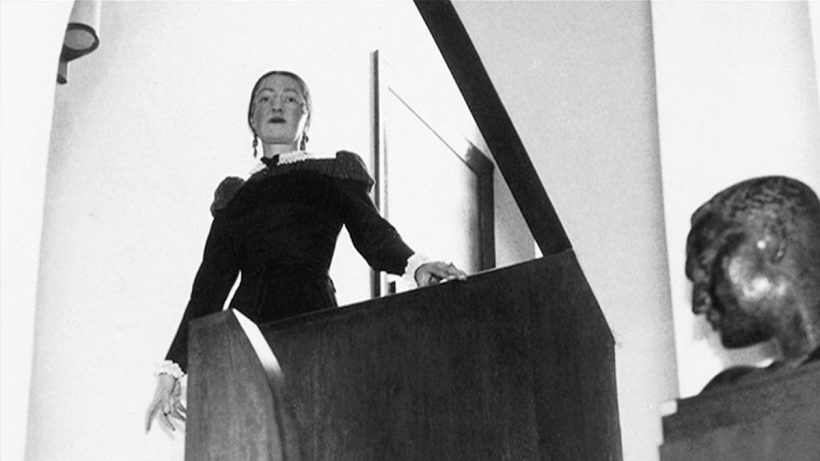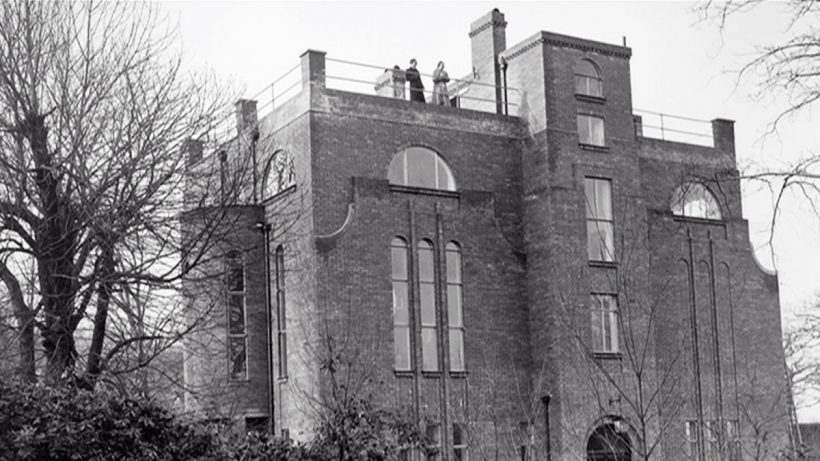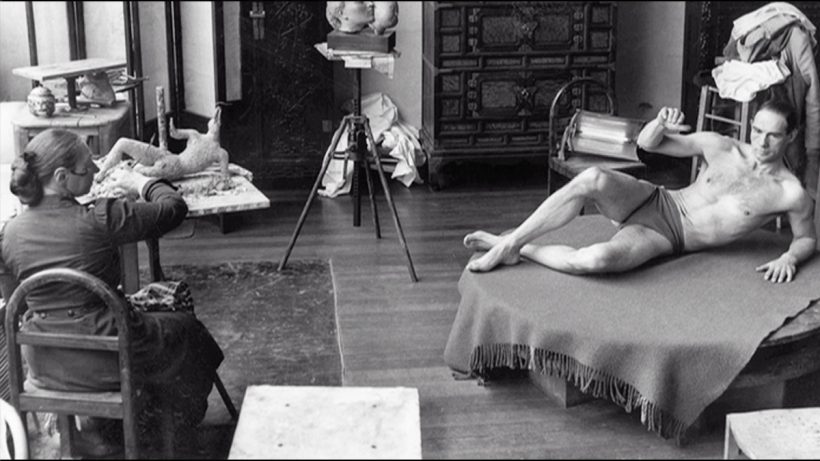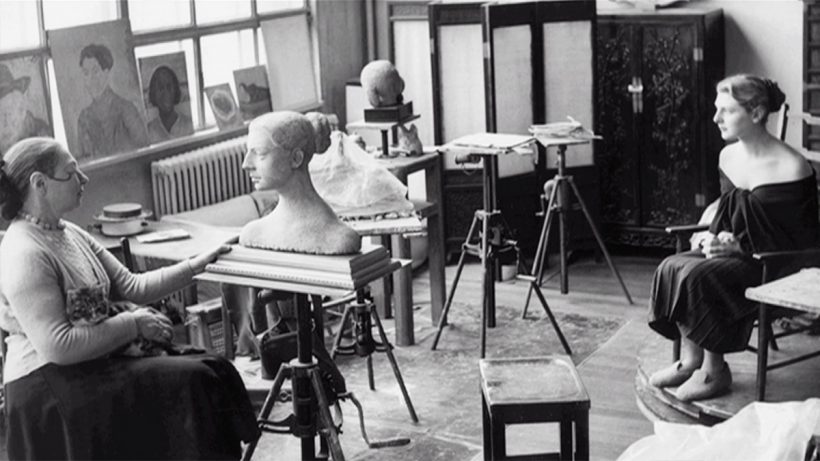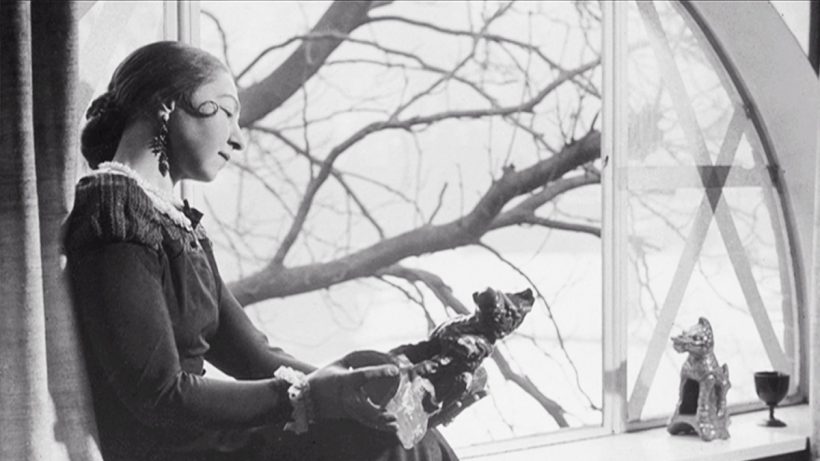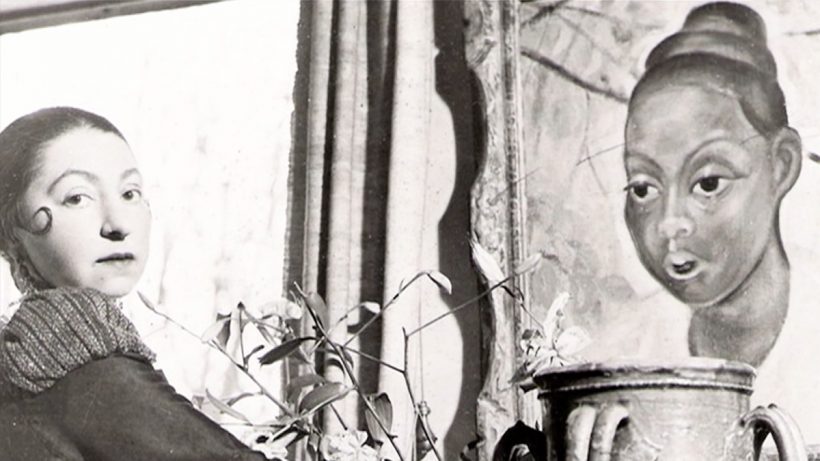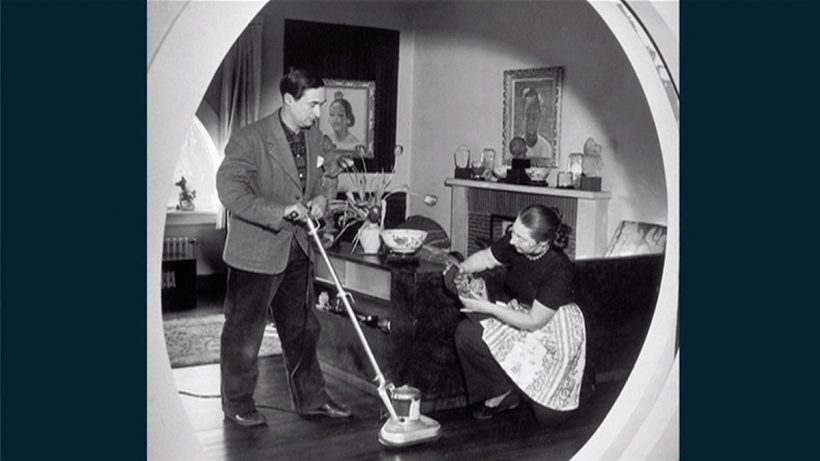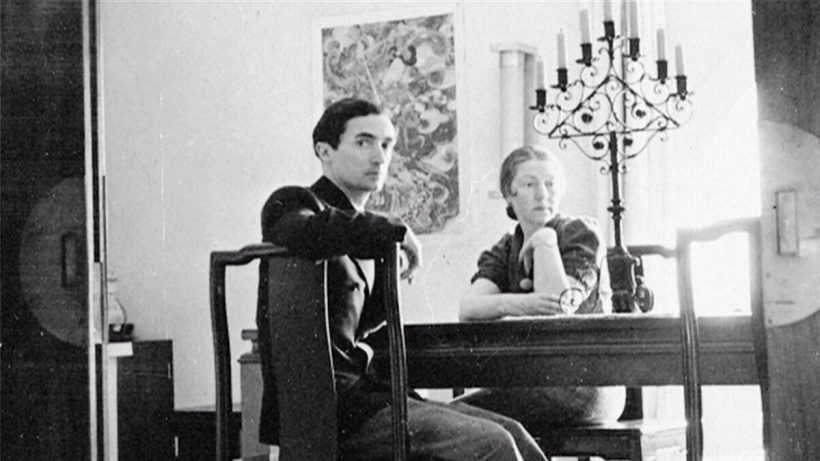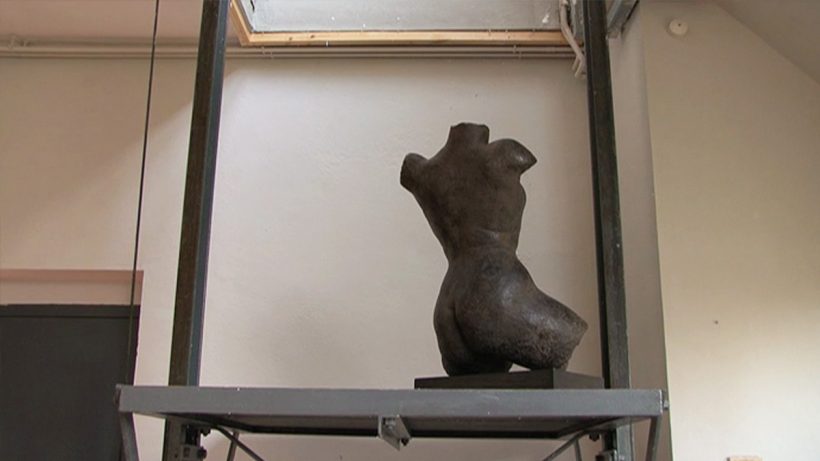Dora Gordine, Sculptor Artist Designer
A short documentary film commission by Dorich House Museum. The film is housed within the Museum’s gallery as. permanent exhibit. Supported by Lottery Heritage Arts Council and Kingston University.
Direction & editing: Gilly Booth, Graphics: Paul Plowman, DOP: Roland Denning, Script: Jonathan Black, Chris Horrocks, Brenda Martin, Production assistant: Kate Axten, Research assistant: Gina Evans, Additional Research: Fran Lloyd & Penny Spark, Narration: Lucy Oldham, Music: performed by Diane Berry & Ben Bernard.
A hijack production 2009
In 1938 Dora Gordine was hailed as ‘possibly becoming the finest woman sculptor in the world.’ For over thirty years she was widely perceived as a major presence in European sculpture; for her contribution to the inter-war art movement known as the rappel a l’ordre, as a prominent member of the Royal Society of British Sculptors and as a founder of the Society of Portrait Sculptors. In her heyday, from the late 1920’s to the mid 1960’s, she attracted the admiration and respect of prominent figures within the cultural world as diverse as the celebrated sculptor Aristide Maillol, modernist architects such as Auguste Perret and Charles Holden, curators such as Sir Kenneth Clark and Alfred Flechtheim and writers such as Freya Stark, Sir John Pope-Hennessy and Robert Byron.She was widely admired as a creator of psychologically acute portrait heads, idiosyncratically distinctive public memorials and sensuously stylish figure sculpture. She also merits attention for her highly individual sense of style evident in the studio-homes she had built for herself in Paris, Singapore and in London. The last of these homes, Dorich House on the edge of Richmond Park, is the most architecturally intriguing and was designed by Gordine herself – a feat virtually unheard of for a woman artist at the time of its construction in 1936.Gifted, charismatic, imperious and irrepressible, ‘La Gordine’ led a fascinating life travelling extensively in Europe, North America and in South-East Asia. An air of mystery has often been associated with the artist – who was readily prepared to foster uncertainly concerning her background and nationality.
